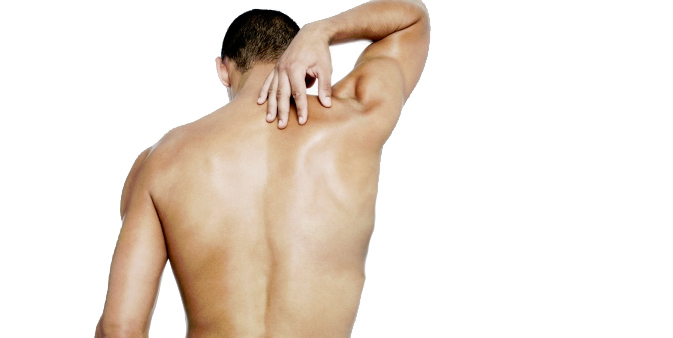WHAT IS SHOULDER INSTABILITY ?
Shoulder instability is a term used to describe excessive shoulder mobility or ‘laxity’, often brought about by traumatic events such as shoulder dislocation, but sometimes merely hereditary in nature. The shoulder joint becomes too loose, resulting in subluxation (partial dislocation) or complete, ongoing dislocations. Particularly common in females, the shoulder joint may return quickly to its normal position or may remain dislocated, requiring medical intervention. Instability may be a result of traumatic dislocation or a consequence of generalised joint laxity which may be hereditary. The latter is common in young individuals, particularly females.
SIGNS OF INSTABILITY
- Repetitive Subluxation or Dislocation.
- Pain in the shoulder and neck.
- Overactivity of the muscles between the neck and the shoulder (trapezius muscles).
- Headaches.
- Reluctance to move the arm into positions where it feels like the shoulder will “pop out”.
REHABILITATION OF AN UNSTABLE SHOULDER
Treatment aims to restore strength, endurance, proprioception (control and awareness) and co-ordination to the muscles around the shoulder. A person who has instability will require an individualised rehabilitation program. Stretching and strengthening aims to achieve balance and control of all shoulder muscles, preventing further dislocation and subluxation and secondary complications such as impingement of the rotator cuff tendon. Patients must allow at least six weeks before significant gains in stability may be achieved.




